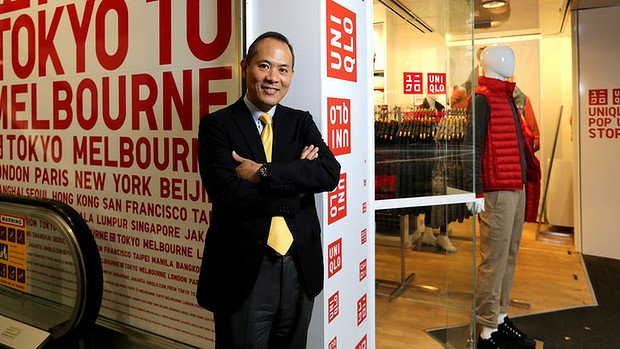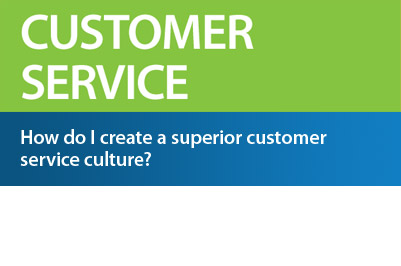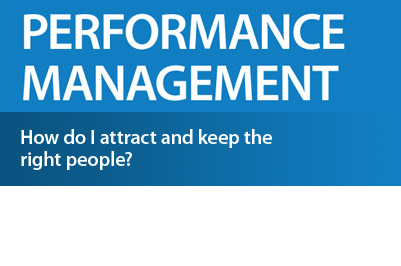
As I read the article in The Age (Hawthorne, 2014), I smiled at the similarities between what was being described as the “Uniqlo Way” and the Ritz-Carlton approach to customer service: Uniqlo being a Japanese department store that recently arrived in Melbourne as part of an ongoing invasion of foreign retailers, and the Ritz-Carlton being a preeminent hotel chain that is famous for their customer service.
The article described the scene where every morning at 9am – an hour before the first customers arrive – staff at Uniqlo’s clothing stores around the world gather to recite what are called “The Behaviours”, a series of well-honed phrases that define customer service.
“Hello, my name is [insert name], how are you today?”
“Did you find everything you were looking for?”
“Let me know if you need anything. My name is [insert name].”
“Thank you for waiting.”
“Goodbye, we hope to see you again soon.”
It defined this scene as being somehow a uniquely Japanese approach to customer service. From my experience, what it described was a sensible way to ingrain customer service standards as habits, irrespective of national culture.
I also had a rueful smile in reflecting that the declared high standards of customer service resulting the approach was such a far cry from my experiences over decades of occasional shopping in Myer and David Jones, Australia’s department store icons.
Poor customer service is so synonymous with Myer that when I do training on customer service and customer service standards, I can do a role play of two attendants talking to each other and ignoring a customer, ask which company was being represented and get an automatic reply from participants of “Myer”.
David Jones has all but admitted that they can’t get customer service right through their acceptance of Woolworth’s takeover bid.
What I have seen over the years is that very few organisations “get” customer service. When they do, their story is written up and organisations who want to improve customer service try to emulate them, without seriously understanding the way the organisations who “get” customer service realign their whole organisation to the Holy Grail of customer service. Organisations who pay lip service to customer service window dress their ‘business as usual’ approach with customer service training and some slogans such as “Customer first” and the ubiquitous values statements adorning boardroom walls such as, Value, Service, Excellence and Trust.
To realign an organisation around an ethos such as customer service, the board or managing committee of the organisation has to believe that by concentrating on delivering service to customers, other metrics such as sales, profit and return on investment will take care of themselves. This is not to say that they ignore the costs in delivering service, or that they chase segments where to offer the service required to satisfy them would render the organisation unviable. What they do is set the context in which the management team make decisions solidly behind identifying and profitably meeting and exceeding customer expectations.
The context flows through the entire line of sight, from the board vision to the way in which individuals behave, underlining how much they adopt the mantra of customer service.
Figure 1: Line of sight
Organisational alignment through the line of sight to drive adoption of customer-centric behaviours are epitomised by organisations such as the Ritz-Carlton and Uniqlo.
In an era when perceptions of customer service go “viral” and are assessed against global rather than purely local providers, a customer service revolution is building steam and threatening to impact much more than retail and hospitality.
Take, for example, the aged care industry.
Aged Care is about to undergo a transformation in response to changes in regulations, funding and support from the federal government. The upshot is that there is a need for aged care service providers to identify their target segments and appropriate funding model and realign their businesses to satisfy the needs of their preferred segments – rather focusing on satisfying government regulation.
Figure 2: Aged care refocus as a result of Consumer Directed Care
These changes will force aged care service providers to reassess their whole business through the line of sight.
Where we are going?
The Vision and Mission of aged care providers will need to be revised, if customer service is not already formally embedded in them. Moreover, the tools of corporate governance – risk management, policy development and audit – need to reflect the emphasis on customer service. Most organisations, let alone organisations in the Aged Care industry, do not use their corporate governance tools to reinforce the ethos of customer service and hence, fail at the first hurdle of ensuring the rest of the organisation knows unequivocally where they are headed.
How we are going to get there?
Key Result Areas (KRAs) are likely to change, if not in content then certainly in priority. Whilst clinical care is and will remain a KRA, consumer satisfaction with regard to non-clinical outcomes will become a higher priority and relatives will be a much more important ingredient in the notion of ‘consumer’.
Processes and procedures will need to expand, to cover non-clinical activities and also to include the “services” supplied to relatives and carers. Standards of customer service will need to be set so that adequate training and rewards and recognition system can be created around the standards.
Who is going to help us?
Training on customer service to ensure that staff have the competence to execute to the standards required to meet the target segment needs is necessary, and will be different from current training. For example, there may be a greater emphasis on planning. Some staff will find it difficult to acquire the new competencies required to provide the increased range of services required, to survive in what will become an increasingly competitive industry. Competence will need to be defined and measured so that age care providers can understand what the gap is and whether it can be closed through training and coaching, or whether it needs to be closed by recruitment.
Personal rewards
A deeper understanding is needed of what rewards will help align the personal values and vision of staff with the desired behaviours required to deliver the service that will meet the needs of the target segments. These rewards are likely to be different than those required to deliver clinical care and comply with regulations.
Conclusion
Given the changes in the aged care industry, it’s imperative that service providers make a renewed assessment of their commitment to customer service. They will inevitably have to review their whole line of sight from the board to the front line to truly adopt customer service as a driving context for managing their business. The alternative will be takeovers such as Woolworths of David Jones.
When will the customer service revolution impact your industry?
Works Cited
Hawthorne, M. (2014, April 16). Retrieved April 21, 2014, from The Age: http://www.smh.com.au/business/the-uniqlo-way-clothing-giant-coming-to-sydney-after-opening-melbourne-store-20140416-36qm9.html









